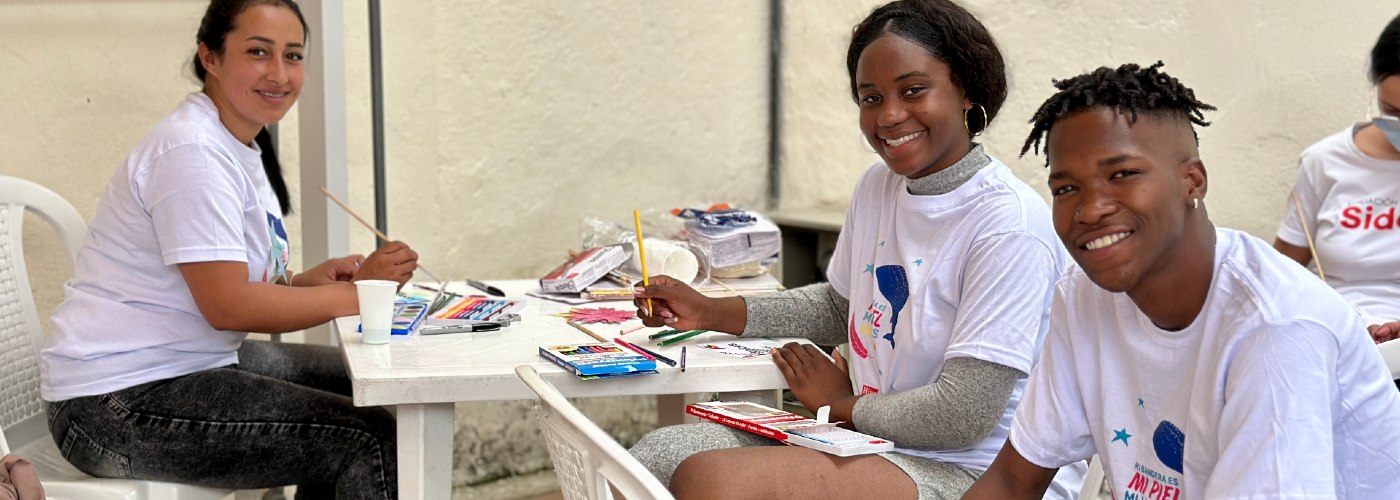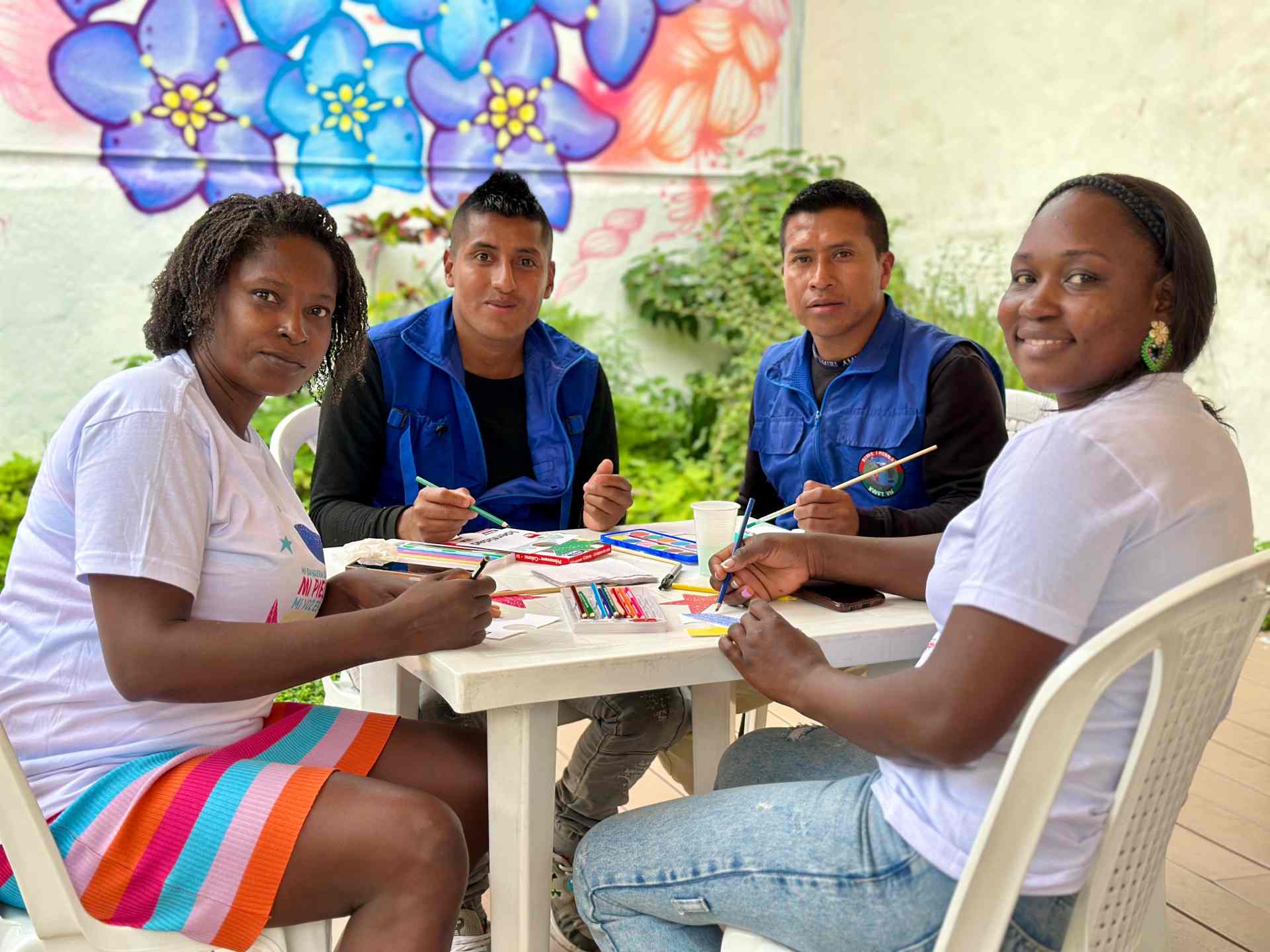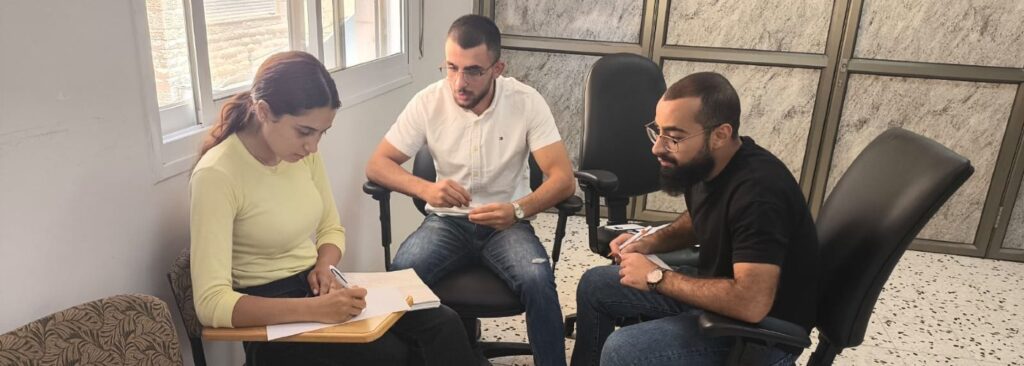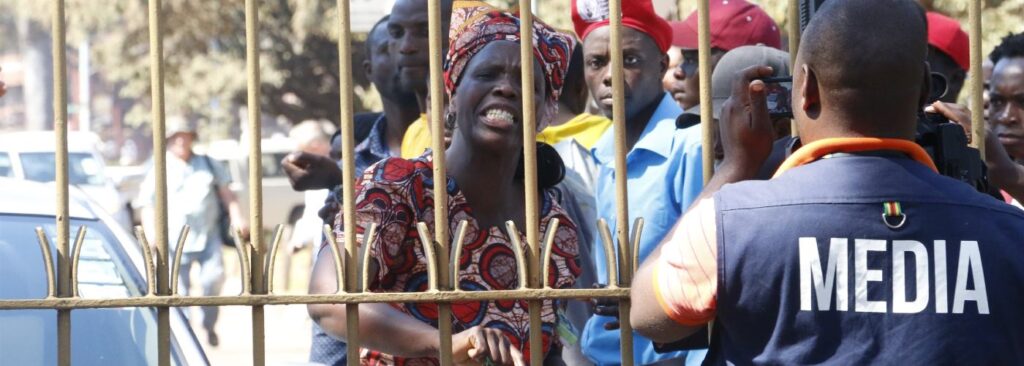When Colombian youth leader José Antonio Minota walked into the Casa de las Memorias museum in Cali, he arrived not only as a workshop participant. He also came as someone determined to reclaim a civic space where young Afro-descendant people like him are too often invisible. Armed with music and stories of resistance from his vibrant neighborhood, Comuna 20, he was one of many attendees who embodied the purpose of the gathering titled “Defending Ethnic Civic Space in Colombia” offered by our Connect, Defend, Act! (CDA) program.
“I design messages to reclaim identity and visibility,” José said during the workshop. “When I create narratives, I highlight the cultural richness of Afro communities while addressing issues of exclusion and violence. It empowers me because it transforms our stories into tools for advocacy.”
And that was the aim of the workshop – to ensure that ethnic communities are not just included in civic spaces but also help to shape them.
Community voices reclaiming their power
Held in partnership with Fundación SIDOC, the workshop invited representatives from six Afro-descendant and Indigenous organizations from across the country. They came to create messages and narratives rooted in their own communities’ voices.
The historic setting at Casa de las Memorias del Conflicto y la Reconciliación (House of Memories of Conflict and Reconciliation), where the workshop was held, served as a reminder of the collective journey toward peace, identity, and justice. Participants worked side-by-side on their messages, stories and digital narratives focused on an ethnic rights approach to digital participation and platform accountability. It was an act of taking back narrative power.
Investing in marginalized voices
For us at Hivos, and through the CDA program in Colombia, strengthening the civic voices of Afro-descendant and Indigenous youth is not an optional investment it is essential to building a more just and inclusive region.
Our Latin America regional director Tanja Lubbers explained this further during the workshop. “The voices of young people are very important to us. People often say that youth are the future, but for us, they are also the present. Unfortunately, their voices are not always heard, and that needs to change.”
Tanja emphasized that Colombia’s long history of conflict is intertwined with the neglect of youth where harmful narratives and exclusion can silence marginalized communities.
“Young people bring innovative ideas and valuable perspectives, so we should involve them in all processes. Their talents are something we must make the most of.”
This is why we’re committed to creating platforms that elevate local voices, not as passive beneficiaries, but as active changemakers shaping Colombia’s civic space.
Linking ancestral knowledge and the digital sphere
Another participant we spoke to, Natalia Fernández Hormiga, was an Indigenous community organizer from Cauca. She sees communication as a form of cultural protection and stressed that by linking ancestral knowledge to digital advocacy, more Indigenous communities can participate in civic debates.
“My experience focuses on weaving traditional knowledge with digital tools,” she explained. “Designing messages is not only about communication but also about safeguarding ancestral memory. By shaping narratives, I show how Indigenous perspectives can contribute to resilience and sustainability. It ensures that our communities speak for ourselves with our own voices.”
For Natalia, shaping narratives is an act that helps connect local realities with national debates on digital rights, security, and Indigenous autonomy. Her contributions helped others see how digital citizenship can strengthen collective resilience without losing cultural authenticity.
Why defending ethnic civic space matters
For Hivos and our partners, the CDA program’s defense of ethnic civic space is essential to Colombia’s democratic future. Afro-descendant and Indigenous populations have historically been sidelined, despite being central to the country’s social fabric and peacebuilding efforts. By creating safe and inclusive spaces, we are ensuring that their voices are not only heard but actively shape public dialogue and policy.





